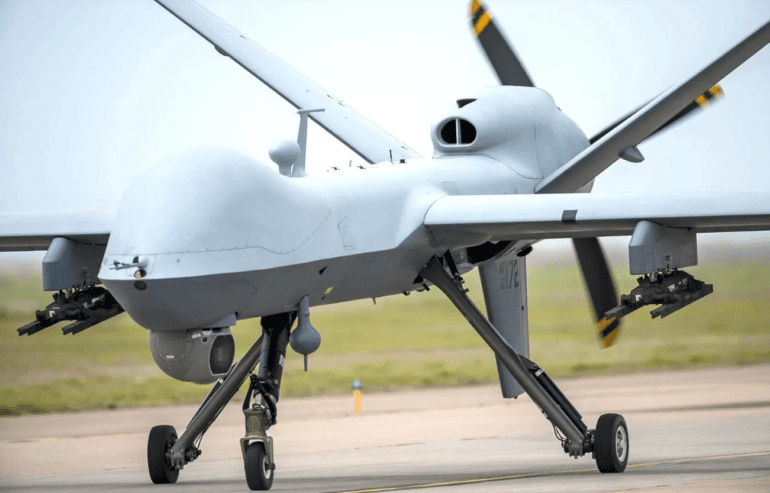- Project Maven’s AI struggles highlighted the Ukraine conflict, per NYT report.
- Transitioning vast data into trench warfare is proving difficult.
- LT. General Donahue sees Ukraine as a crucial testing ground.
- Project Maven aims for automatic target detection, but faces accuracy issues.
- Ukrainian adoption of modified AI drones disrupts Russian energy infrastructure.
- Machine vision technology enhances drone precision and resilience.
- Project Maven provides valuable insights for AI integration in military operations.
Main AI News:
Despite high hopes, Project Maven, the U.S. military’s ambitious artificial intelligence endeavor, is experiencing a mixed performance on the battlegrounds of Ukraine, according to a recent report by the New York Times (NYT) on April 23. The project, initiated in 2017, aims to integrate AI into military operations, yet its efficacy in the ongoing conflict remains uncertain.
The ongoing conflict in Ukraine, notably Russia’s full-scale invasion, has served as a testing ground for Project Maven’s capabilities in a conventional warfare scenario. However, the transition from vast 21st-century data sources to the realities of 19th-century trench warfare has proven challenging for the project’s architects.
Project Maven, envisioned as a cornerstone of the Pentagon’s adoption of AI in warfare, endeavors to delegate decision-making processes to algorithms rather than relying solely on human intervention. Its data sources range from satellite imagery to social media feeds, presenting a complex web of information for analysis.
Lieutenant General Christopher T. Donahue, commander of the XVIII Airborne Corps, described the conflict in Ukraine as a crucial testing ground for Project Maven, highlighting the operational challenges and opportunities it presents.
One of Project Maven’s primary objectives is the development of automatic target detection, potentially enabling the deployment of swarms of autonomous drones capable of identifying and neutralizing enemy targets with minimal human oversight. However, its performance thus far has been suboptimal, particularly in adverse weather conditions, with accuracy rates lagging behind human capabilities.
Despite its shortcomings, Project Maven has provided valuable insights into the integration of AI in military operations. Ukraine has reportedly adopted a modified version of the technology, leveraging AI-powered drones to target Russian energy infrastructure effectively.
Recent attacks by Ukrainian drones equipped with AI targeting capabilities have disrupted a significant portion of Russia’s refining capacity, underscoring the potential of AI in asymmetric warfare. The utilization of machine vision technology allows drones to navigate terrain independently, enhancing their precision and resilience against jamming attempts.
While the specifics of Project Maven’s involvement in Ukraine remain undisclosed, its contributions have not gone unnoticed. The project has facilitated targeted strikes against enemy assets, while also highlighting areas for improvement in AI integration within military frameworks.
Conclusion:
The challenges encountered by Project Maven in the Ukrainian conflict underscore the complexities of integrating AI into modern warfare. While the project has shown promise in enhancing military capabilities, its limitations highlight the need for continued innovation and refinement. This underscores the growing importance of AI technology in military strategies and the potential for investment and development in this sector.

